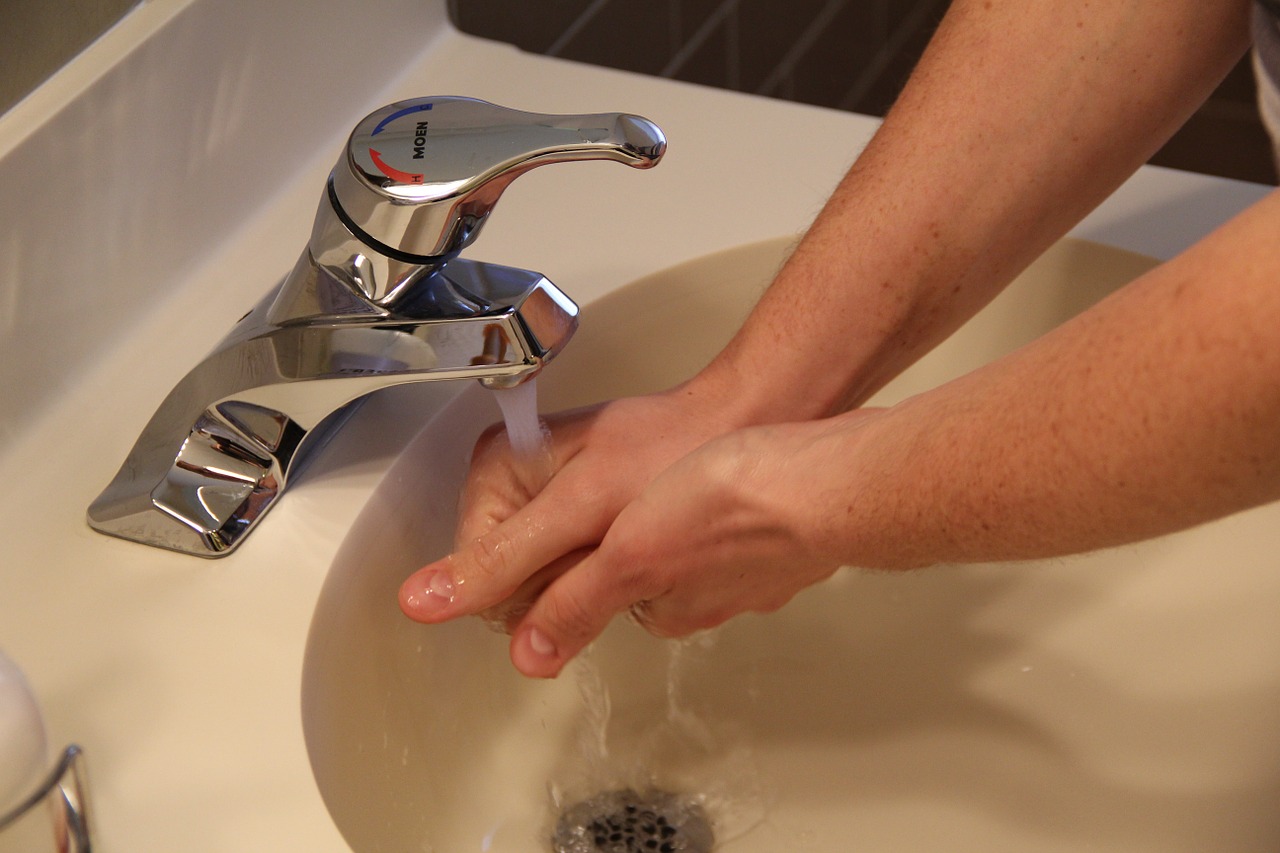It is not uncommon to hear people describe themselves as “OCD”. Perhaps they clean their room often or organize rainbow candy by color before eating it. Although these behaviors are somewhat ritualistic in nature, they drastically downplay the symptoms of the mental illness known as OCD, or obsessive-compulsive disorder.
Obsessive-compulsive disorder typically involves persistent, irrational thoughts called obsessions that can result in a need to carry out repetitive actions, referred to as compulsions. One common obsession involves germs, in which case the sufferer may feel compelled to wash their hands over and over. Other examples of obsessions include a desire for symmetry and fear of intruders, which are “resolved” by reordering objects and repeatedly locking doors, respectively. While these compulsions may seem strange to an observer, an affected person is often convinced that the repeated behavior(s) will stifle their obsession(s). In some cases, individuals suffering from this illness experience either obsessions or compulsions but not both.
Aside from the obvious obsessions and/or compulsions, other signs of OCD include experiencing heightened distress when performing repeated behaviors and spending at least an hour per day focusing on the triggering thoughts, thus resulting in an inability to cope on a regular basis. Additionally, about a third of OCD sufferers also struggle with a secondary disorder known as tics, which is characterized by quick, sudden movements and sounds.
The specific cause of OCD remains unknown, but it is believed to be genetic. Particularly stressful life experiences may also increase the risk of developing the disorder. At present, roughly 2.2 million American adults are living with OCD. Symptoms tend to arise during childhood or adolescence, culminating with a diagnosis usually by age 19. Both men and women are equally susceptible to obsessive-compulsive disorder.
As with most mental illnesses, standard treatments for OCD involve both daily medication and some form of psychotherapy. One specific type of therapy, exposure and response prevention (ERP), has been proven particularly effective in managing the disorder. Through increasingly greater contact with the object of an obsession, compulsive responses are minimized. Prescription medication is also a necessary component; however, usage should always be monitored by a health professional due to the extensive list of possible side effects.
Though often frightening and worrisome, obsessive-compulsive disorder is a highly treatable mental illness. With proper care and attention, it is very possible to return to a normal life even after being diagnosed with OCD.










